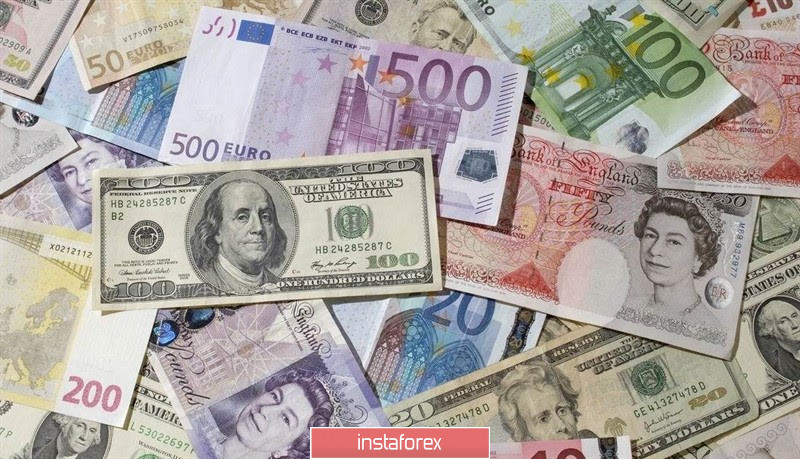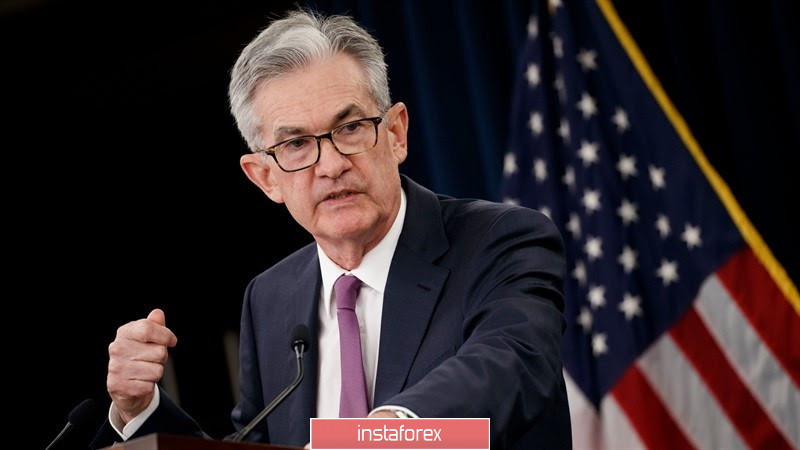
The EUR/USD pair plunged to its lowest level in the last four months. It has become increasingly difficult for the euro to resist the strengthening of the greenback, which enjoys the support of its own defensive properties and strong statistics from the United States.
Meanwhile, the eurozone's prospects are beginning to deteriorate. The December releases for German industrial production and retail sales in the eurozone, published last week, were disappointing, and these figures do not even reflect the effects of coronavirus. Data on GDP in Germany and the eurozone for the fourth quarter will be released this week. If none of these reports is positive, then EUR/USD could easily fall below the September low of 1.0879.
Investors fear that the European Union will suffer greatly from the slowdown in China's economic growth and the British exit from the bloc. Recessions have so far been avoided, but Germany's largest industry decline over the past decade has heightened the likelihood that the ECB will have to take additional measures or convince national governments to provide budgetary incentives.
Investors are also worried that the spread of coronavirus will affect the prospects for the global economy.
"Since global growth is now under attack, the euro will suffer doubly: both from the weakness of the eurozone economy and the use of the single currency to finance carry trade operations due to low interest rates in the EU," TD Securities said.
Many are now interested in the question of how much more the euro could fall. Anxiety and fear can be powerful drivers of foreign exchange flows. Obviously, the US economy is less vulnerable to coronavirus than the European one, and if the former weakened, it would have come from a higher base.

This week, Federal Reserve Chairman Jerome Powell will address the US Congress with a semi-annual report on monetary policy.
The coronavirus epidemic and concerns about its consequences for the global economy have forced traders to increase the number of possible interest rate cuts to two this year, but over the past few days, expectations of a second easing have been dispelled. After the Fed meeting in January, at which the regulator left the interest rate unchanged, Powell assured that the regulator was monitoring the situation with the new virus and called the current monetary policy optimal. Let's see if his position has changed.
If the Fed chief maintains a positive outlook and does not focus on the impact of the epidemic, the dollar may strengthen even more, pushing EUR/USD to 1.08. However, if Powell notes the presence of significant risks for the US economy and increases the likelihood of easing the Fed's monetary policy, then EUR/USD will soar, despite the gloomy prospects of the eurozone.
Meanwhile, the pound continues to suffer losses due to concerns about the future of British trade after Brexit.
The British currency sank to 2.5-month lows in the region of 1.2870 against the US dollar. However, the GBP/USD pair recovered quite quickly, retreating from the 100-day moving average, and noted local highs near 1.2935.
This week, the UK is publishing a large block of macro statistics, including fourth quarter GDP and industrial production for December. However, these data are likely to have a relatively small impact on the pound, as they cover periods prior to early MP elections.
Apparently, traders will prefer to wait for a clean breakout with the GBP/USD pair below the 100-day moving average (near 1.2895) and only then will they bet on a further decline. In this case, the pair may rush in the direction of support 1.2830 and further to the level of 1.2800.
The nearest strong resistance is located at 1.2950. Above is the 1.30 mark - broken support for the short-term upward trend. Further growth may stall around 1.3025.





















